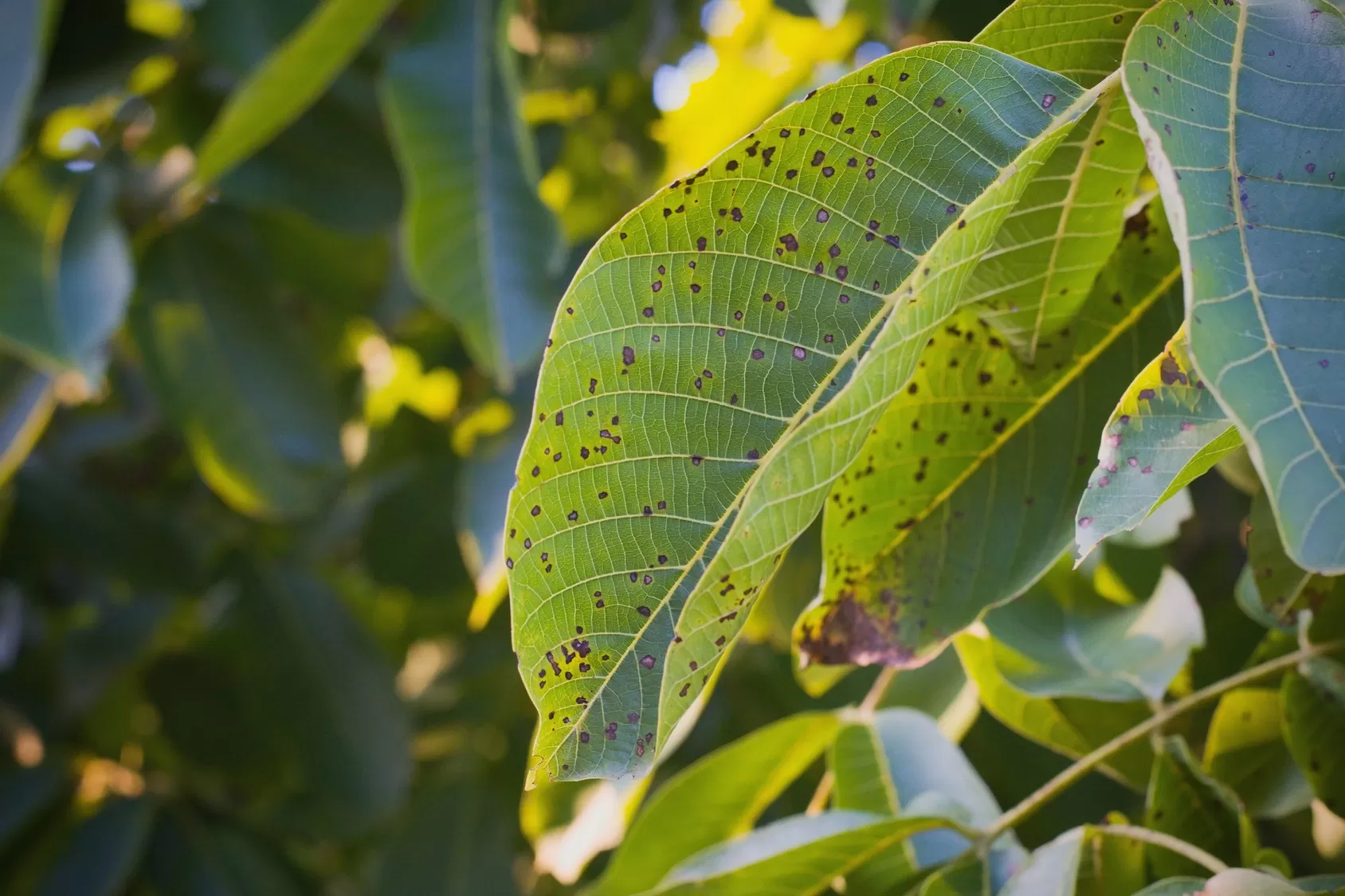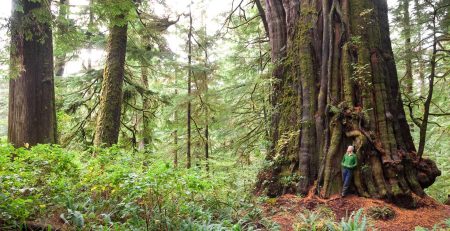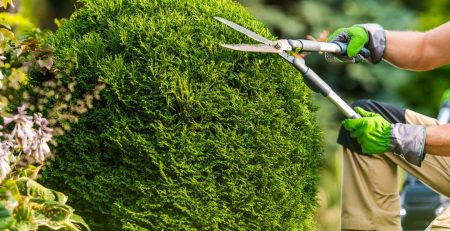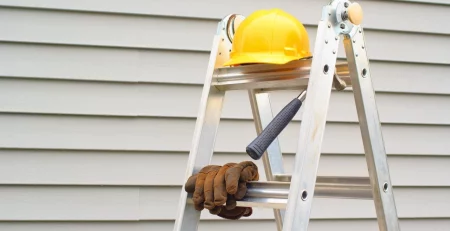How to Identify and Treat Common Tree Diseases
Trees are valuable assets to our landscapes, providing shade, beauty, and environmental benefits. However, just like any living organism, trees are susceptible to diseases. Identifying and treating tree diseases early on is essential for maintaining their health and preventing further spread. In this article, we will explore how to identify common tree diseases and discuss effective treatment strategies.
- Recognizing Symptoms: Being able to identify symptoms of tree diseases is the first step in addressing the problem. Look out for signs such as leaf discoloration, wilting, premature leaf drop, cankers, bark damage, or the presence of fungi. Each disease may manifest differently, so it’s crucial to research specific symptoms associated with common tree diseases in your region.
- Conducting Research: Familiarize yourself with prevalent tree diseases in your area and the types of trees that are most susceptible. Research can help you understand the specific pathogens involved, the environmental conditions favoring disease development, and the lifecycle of the disease-causing organisms. This knowledge will guide you in implementing appropriate treatment measures.
- Promoting Tree Health: Maintaining overall tree health is vital for disease prevention and management. Ensure your trees receive proper sunlight, water, and nutrients to strengthen their immune systems. Implement good cultural practices, such as regular pruning, mulching, and avoiding mechanical injuries to minimize stress and vulnerability to diseases.
- Disease-Specific Treatments: Different tree diseases require specific treatment approaches. Fungicides, bactericides, or insecticides may be recommended based on the type of disease and its severity. It’s crucial to consult with a certified arborist or tree care professional who can accurately diagnose the disease and provide appropriate treatment options.
- Pruning Infected Branches: Pruning infected branches can help contain the spread of disease. Remove affected branches, making clean cuts just outside the branch collar. Proper sanitation practices, such as disinfecting pruning tools between cuts, are essential to prevent cross-contamination.
- Prevention through Proper Tree Selection: When planting new trees, consider disease-resistant species or cultivars that are better adapted to your region. Disease-resistant trees have built-in mechanisms to combat common pathogens, reducing the likelihood of disease development.
- Consulting with Experts: If you encounter persistent or severe tree diseases, it’s recommended to seek professional assistance. Certified arborists possess the knowledge, experience, and tools to accurately diagnose tree diseases and prescribe appropriate treatments. They can also offer guidance on preventive measures and long-term tree care.
Identifying and treating common tree diseases is crucial for maintaining the health and vitality of your trees. By recognizing disease symptoms, conducting research, promoting overall tree health, and implementing disease-specific treatments, you can effectively manage tree diseases. Remember to consult with tree care professionals for accurate diagnosis and expert guidance. Through proactive measures and timely interventions, you can safeguard the well-being of your trees and preserve their beauty and benefits for years to come.











